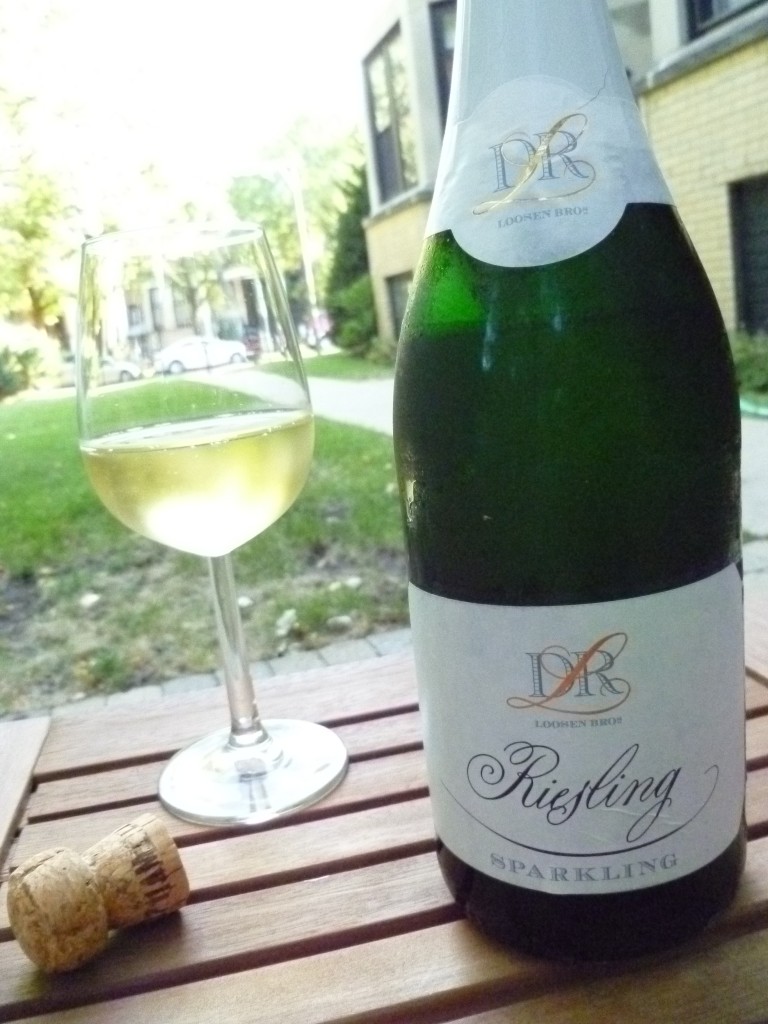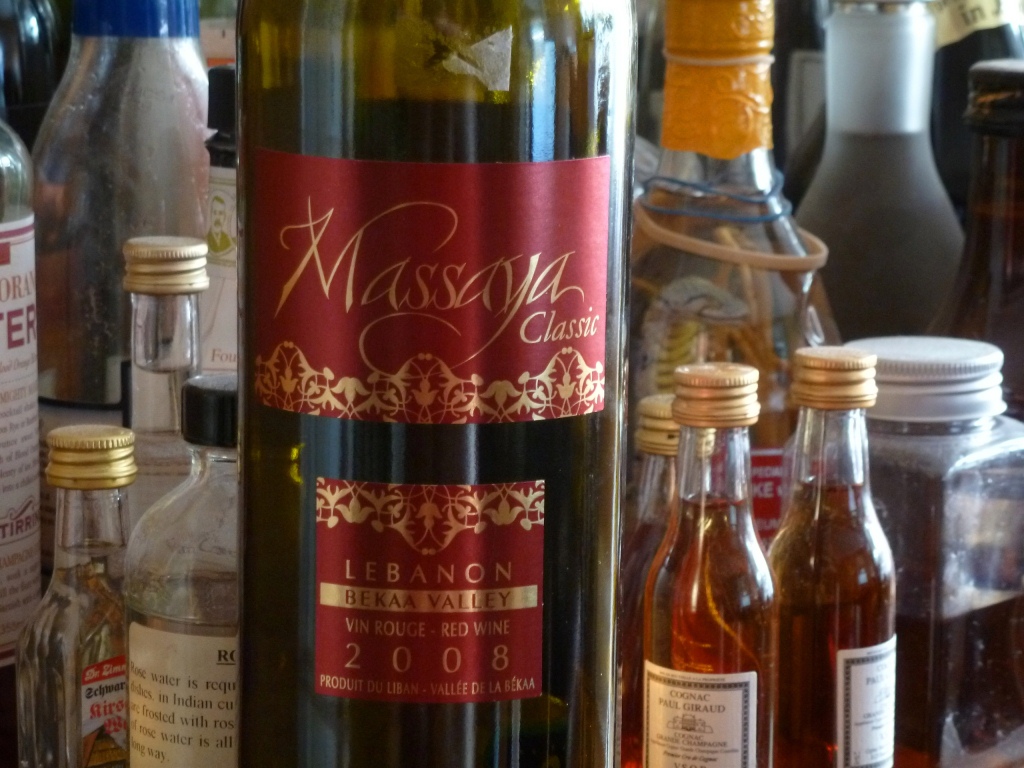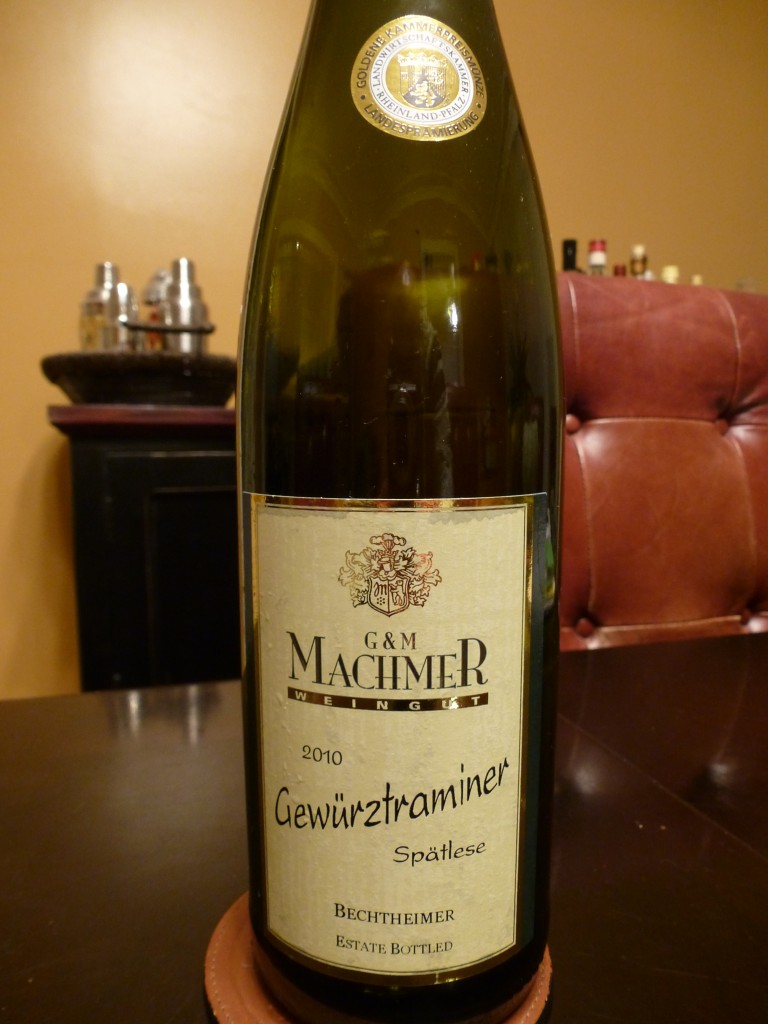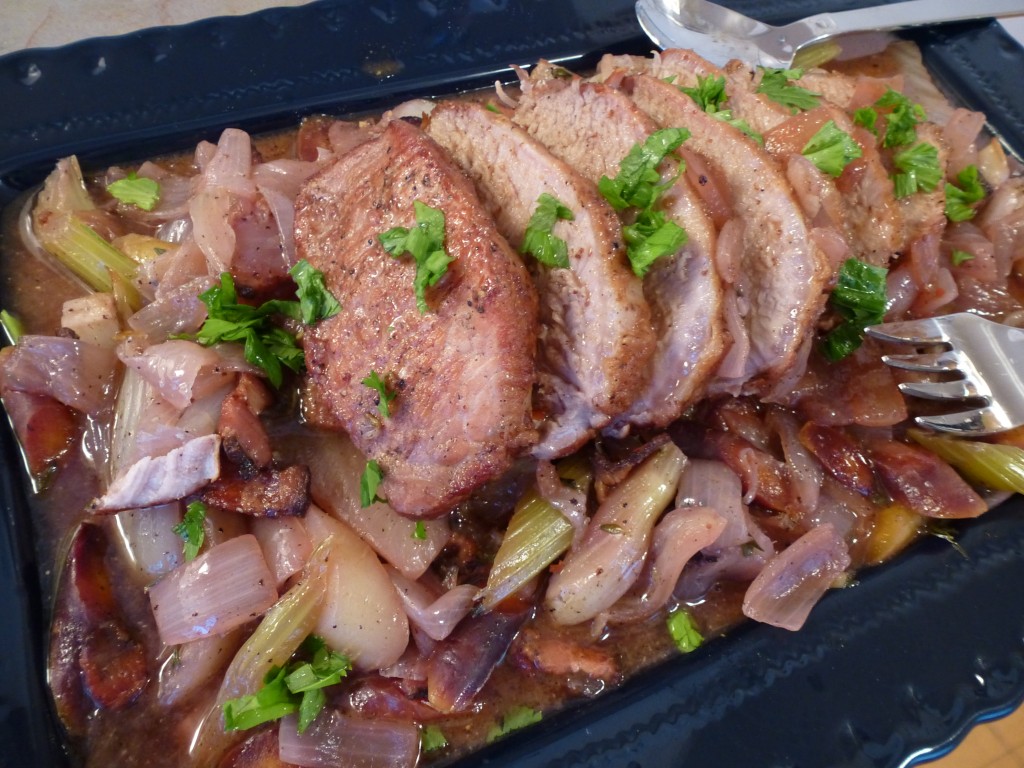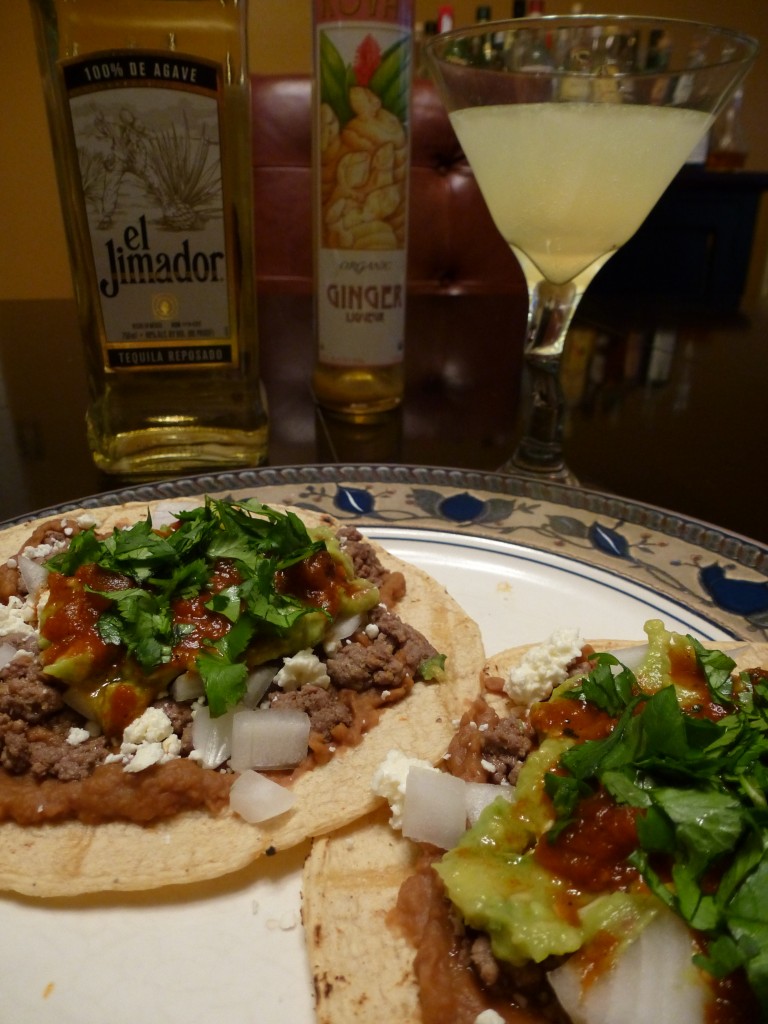White Lion Of Sri Lanka – Part 1
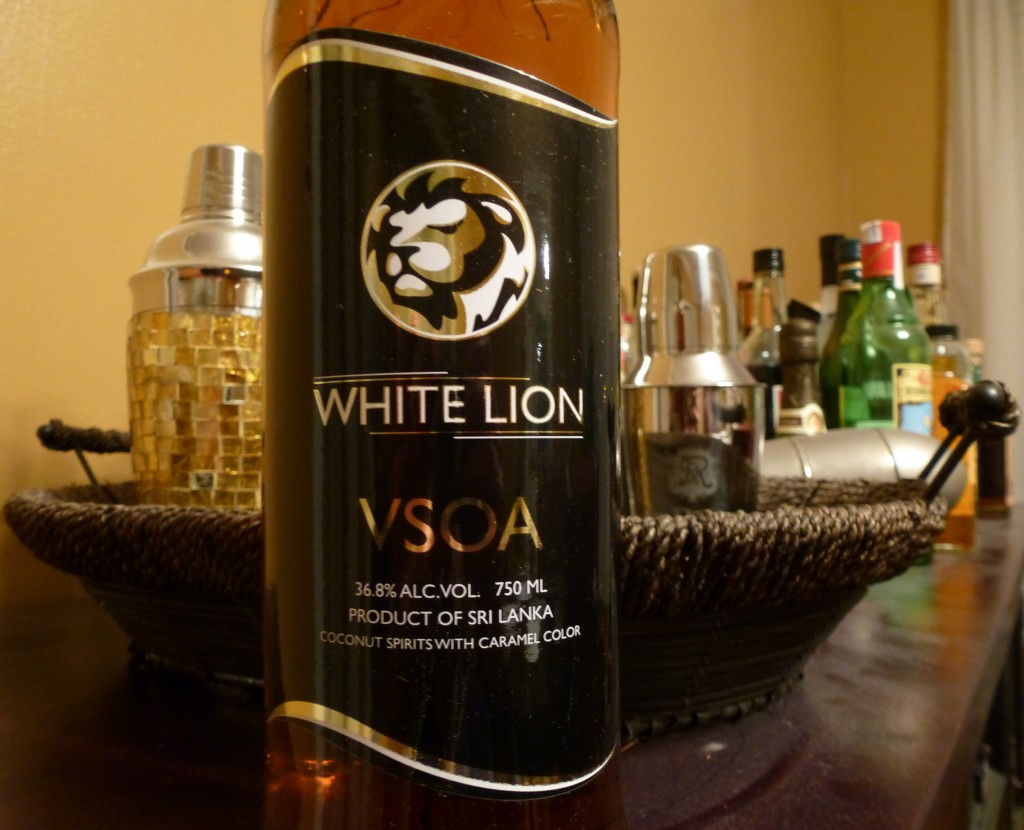 With a little searching, it’s not all that hard to ferret out unusual, small-production whiskies, brandies, gins, rums and vodkas. But it’s rare that I get the chance to sample a class of spirit that’s entirely new to me. It’s always a risk — sometimes the drink will be a delicious discovery, and sometimes the flavor will be unrelievedly appalling. I approached my bottle of White Lion VSOA with hope and trepidation.
With a little searching, it’s not all that hard to ferret out unusual, small-production whiskies, brandies, gins, rums and vodkas. But it’s rare that I get the chance to sample a class of spirit that’s entirely new to me. It’s always a risk — sometimes the drink will be a delicious discovery, and sometimes the flavor will be unrelievedly appalling. I approached my bottle of White Lion VSOA with hope and trepidation.
VSOA stands for “Very Special Old Arrack,” which might make you think of the anise-flavored spirit called arak, which comes from the Middle East. United States labeling laws allow only this grape-based raki/ouzo/pastis-like spirit to be called arak or arrack, and White Lion qualifies neither in terms of composition or flavor. Nor is this arrack related to the sugarcane-based Batavia arrack of Indonesia. This arrack from Sri Lanka is distilled from the nectar of unopened coconut flowers.
I had trouble believing that coconut flowers could provide enough nectar to make a spirit in any quantity, but according to an uncited reference on Wikipedia, up to two liters of nectar can be harvested from a tree in a single day. On its website, White Lion also takes pains to illustrate how its product is sustainable, comparing bleak photos of fields harvested for whiskey and vodka compared to verdant images of coconut palms, which are essentially undamaged by the nectar-gathering process.
After the nectar is collected, it begins to ferment almost immediately, and White Lion begins the distillation process just hours after harvest. The spirit is then transferred to barrels made of local halmilla wood, where it ages for two years before master blenders create the final product. If the White Lion website is to believed, “Marco Polo commented about this wonderful spirit in his 13th century travelogue, Il Milione, forever documenting it as a legendary beverage, and the predecessor to nearly every new world spirit.”
Surprisingly, considering that White Lion VSOA is made solely from coconut flower nectar and water, the spirit doesn’t taste much like coconut at all. At room temperature, the VSOA had appealingly fragrant aromas of bright vanilla cake and caramel. If I hadn’t known what I was smelling, I might have guessed it was some kind of sweet cognac. It starts sweet and smooth on the palate, before blossoming into white-peppercorn spice and an aromatic finish of something savory and herbaceous. Fascinating and delicious.
FIND IT: I purchased my bottle from Caskers, a website devoted to small-batch spirits, for $33 plus $10 for shipping (it’s no longer for sale there, however). According to White Lion’s website, you can purchase bottles from Vendome Wine & Spirits ($25), Old Town Liquor ($27), and Hi-Time Wine Cellars ($24). (And yes, I am feeling a little shafted by Caskers just at the moment.)
In any case, for under $30, White Lion a steal.
As much as I enjoyed sipping the White Lion VSOA neat, it struck me as a versatile cocktail ingredient. I put on my mixologist cap and got to work, and I discovered more than one thoroughly delightful drink.
Up Next: Six easy and delicious cocktails you can make with White Lion.

